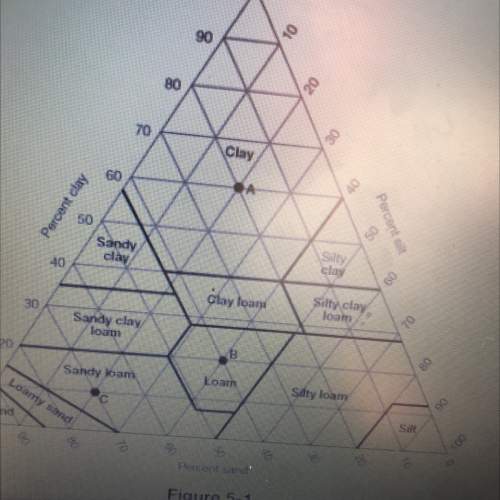
Biology, 02.03.2021 19:30, kyrabrown33
A bird is flying south at 20 mph. Then the bird turns to go west. The bird is still flying at 20 mph. Did the velocity change?

Answers: 1
Other questions on the subject: Biology

Biology, 21.06.2019 15:00, alondra314
Which of the following birds remained ancient looking in the miocene epoch? a. crows b. owls c. grouses d. none of the above
Answers: 3


Biology, 21.06.2019 20:00, smariedegray
Sampling lake water for microscopic organisms is not as easy as it sounds when you want to both count and identify species. in a given water sample, your bacteria of choice can be rare or difficult to culture, particularly given the mixture of bacteria in a biofilm. which of the following culture media would be best for growing fecal coliforms when they are relatively less abundant than other bacteria in the lake? anaerobic culture medium enrichment culture medium complex culture medium basic culture medium
Answers: 1

Biology, 22.06.2019 03:00, sophiav9780
Where does all the water go? according to the environmental protection agency (epa), in a typical wetland environment, 39% of the water is outflow; 46% is seepage; 7% evaporates; and 8% remains as water volume in the ecosystem (reference: united states environmental protection agency case studies report 832-r-93-005). chloride compounds as residuals from residential areas are a problem for wetlands. suppose that in a particular wetland environment the following concentrations (mg/l) of chloride compounds were found: outflow, 60.4; seepage, 73.7; remaining due to evaporation, 26.4; in the water volume, 46.8. (a) compute the weighted average of chlorine compound concentration (mg/l) for this ecological system. (round your answer to one decimal place.) mg/l (b) suppose the epa has established an average chlorine compound concentration target of no more than 58 mg/l. does this wetlands system meet the target standard for chlorine compound concentration? yes. the average chlorine compound concentration (mg/l) is too high. yes. the average chlorine compound concentration (mg/l) is lower than the target. no. the average chlorine compound concentration (mg/l) is lower than the target. no. the average chlorine compound concentration (mg/l) is too high.
Answers: 3
Do you know the correct answer?
A bird is flying south at 20 mph. Then the bird turns to go west. The bird is still flying at 20 mph...
Questions in other subjects:


Chemistry, 15.12.2020 21:10

Mathematics, 15.12.2020 21:10




Mathematics, 15.12.2020 21:10

Mathematics, 15.12.2020 21:10








